Report this entry
More from the same community-collection
Lucha Libre: Stories from the Ring, El Paso Edition
The exhibition tells the history of Lucha Libre, its connections ...
Lucha Libre: Stories from the Ring, El Paso Edition
The exhibition tells the history of Lucha Libre, its connections ...
Lucha Libre: Stories from the Ring, El Paso Edition
The exhibition tells the history of Lucha Libre, its connections ...
Lucha Libre: Stories from the Ring, El Paso Edition
The exhibition tells the history of Lucha Libre, its connections ...
Lucha Libre: Stories from the Ring, El Paso Edition
The exhibition tells the history of Lucha Libre, its connections ...
Lucha Libre: Stories from the Ring, El Paso Edition
The exhibition tells the history of Lucha Libre, its connections ...
Lucha Libre: Stories from the Ring, El Paso Edition
The exhibition tells the history of Lucha Libre, its connections ...
Lucha Libre: Stories from the Ring, El Paso Edition
The exhibition tells the history of Lucha Libre, its connections ...
Lucha Libre: Stories from the Ring, El Paso Edition
The exhibition tells the history of Lucha Libre, its connections ...
Lucha Libre: Stories from the Ring, El Paso Edition
The exhibition tells the history of Lucha Libre, its connections ...
Lucha Libre: Stories from the Ring, El Paso Edition
The exhibition tells the history of Lucha Libre, its connections ...
Sister Ann David Naeger, Sister Kate Misbauer, Sister Elisa Rodriguez, SL
Sister Ann David Naeger, Sister Kate Misbauer, Sister Elisa ...
Hotel Dieu Nursing School administrators c. 1971
Hotel Dieu Nursing School administrators c. 1971 Esperanza ...
Iris Burnham, El Paso entrepreneur, educator, c. 1983
Iris Burnham, El Paso entrepreneur, educator, c. 1983
Pancho Villa Stash House Opening February 2020 & Cindy Medina
Cindy A. Medina (history activist, publicist and genealogist) ...





















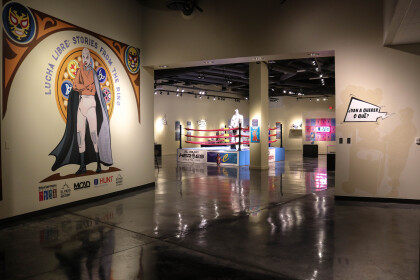
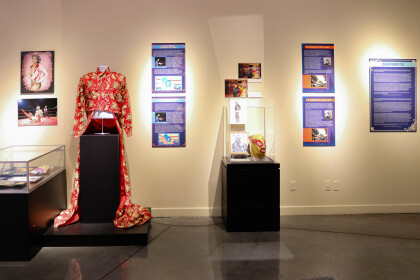
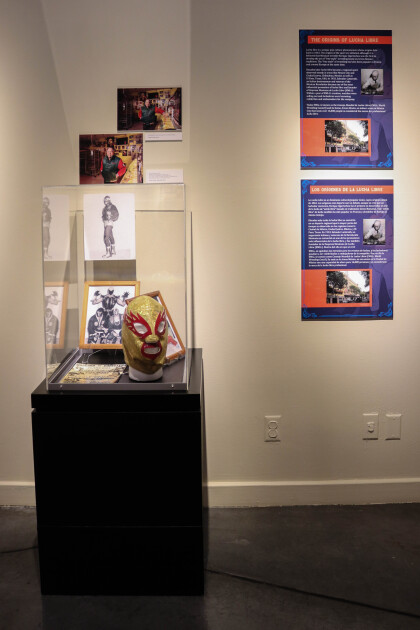
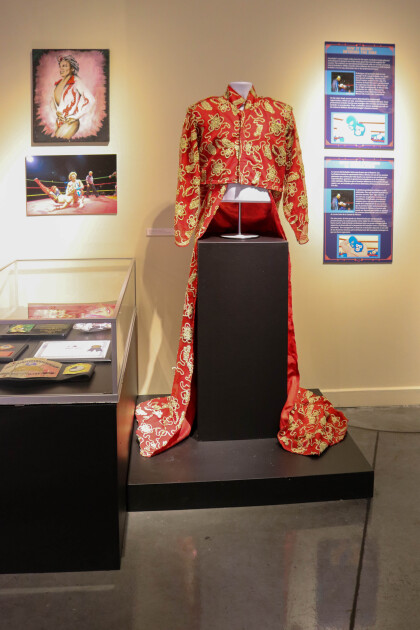
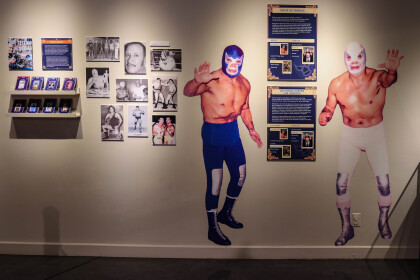
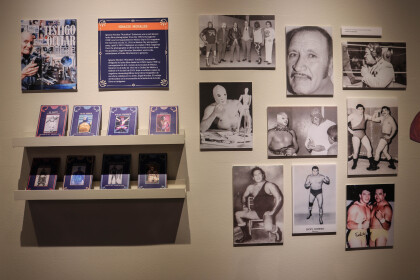
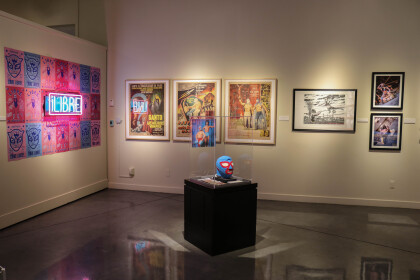
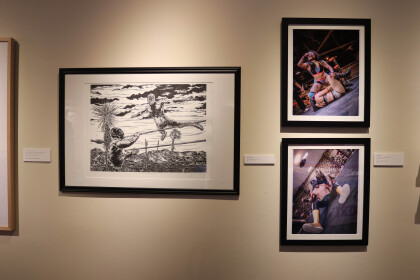
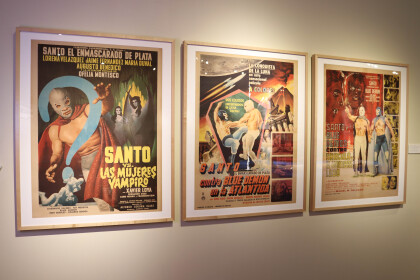
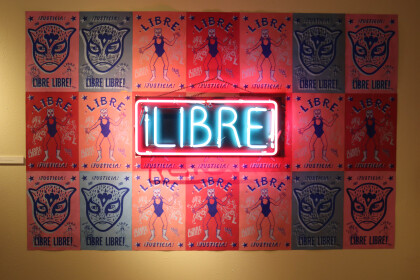
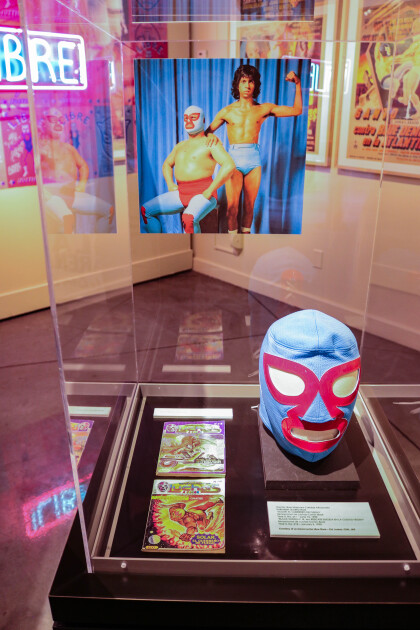
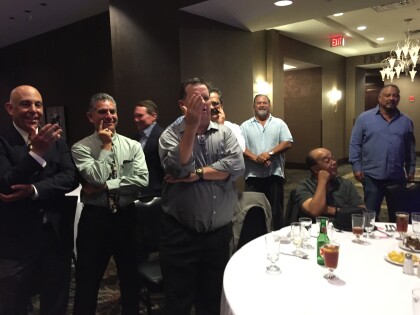
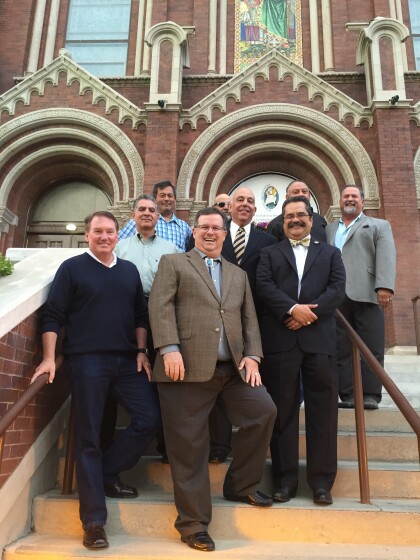
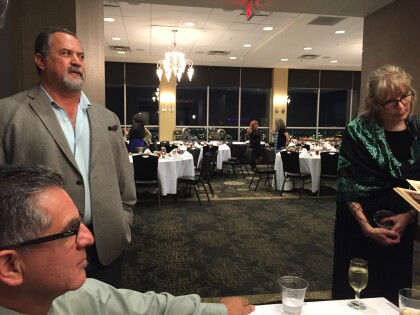
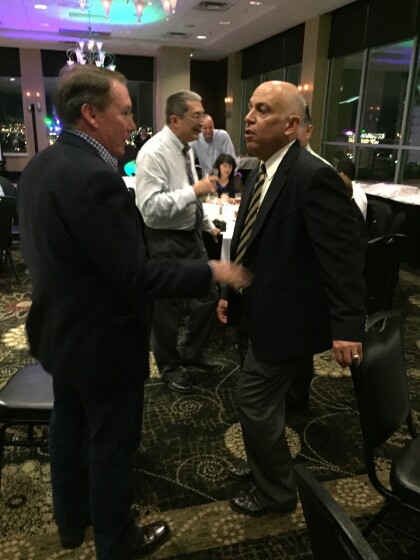
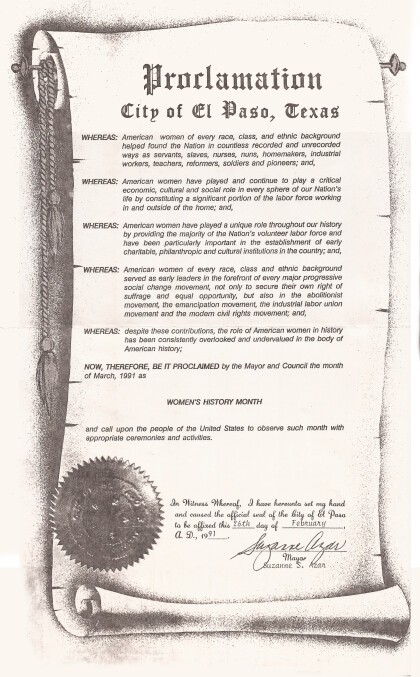
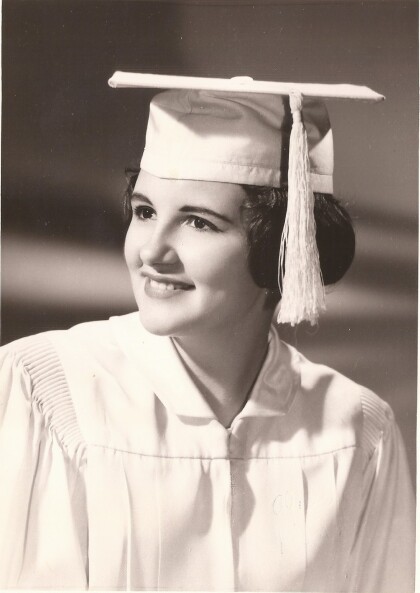
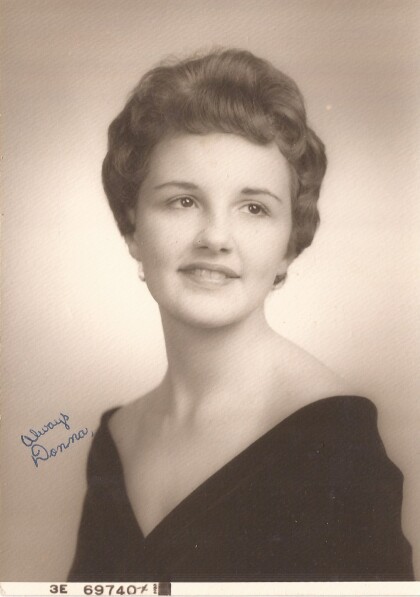
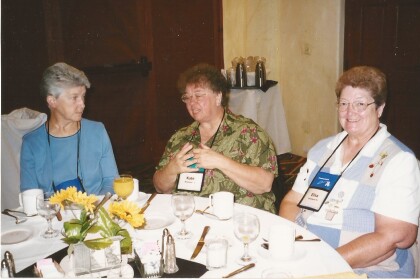
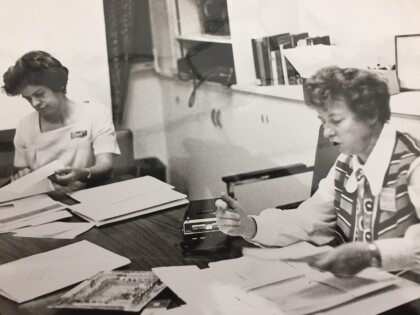
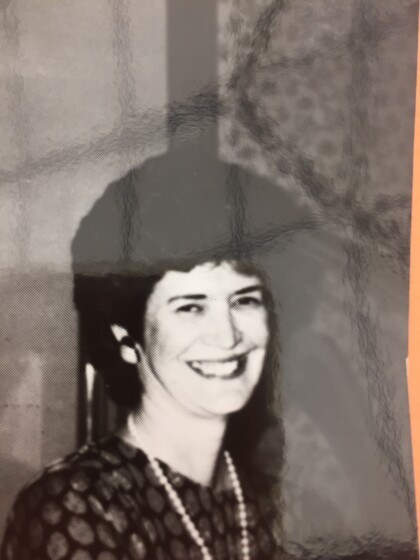
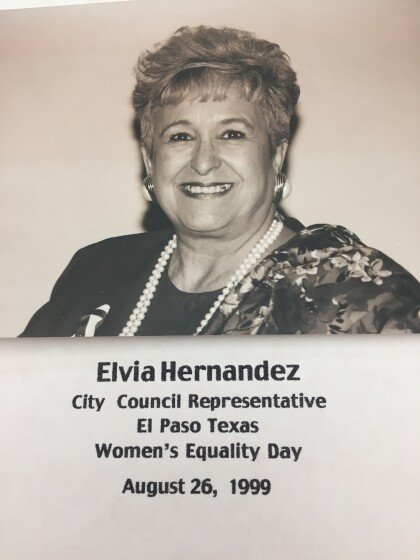
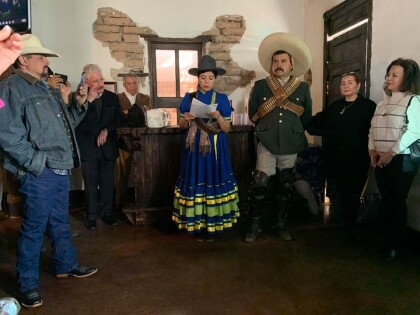
Comments
Add a comment